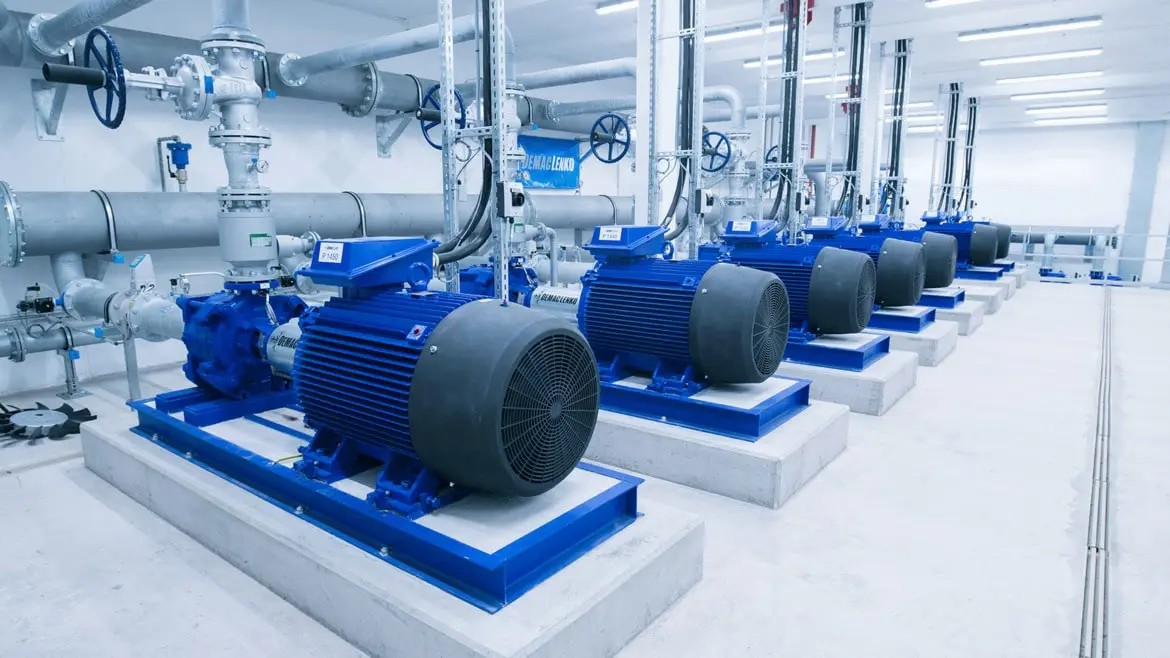On any active construction or industrial site, water management plays a crucial role in maintaining safety, productivity and environmental compliance. Whether it’s unexpected rainfall, groundwater infiltration, or dewatering after concrete works, standing water can quickly halt progress. That’s where drainage pumps come in- the often overlooked workhorses that keep operations running smoothly.
The Role of Drainage Pumps in Site Efficiency
Drainage pumps are designed to remove unwanted water from foundations, trenches, tunnels and other low lying areas. They prevent delays, protect equipment and ensure that working conditions remain safe and manageable.
In environments where time equals money, an efficient dewatering solution helps minimise downtime and supports better overall site performance. A well selected pump doesn’t just remove water, it supports workflow continuity.
How Drainage Pumps Work
Most drainage pumps operate using a submersible design, meaning the entire unit is placed directly into the water. Once activated, an impeller draws water in and expels it through an outlet hose.
Because these pumps are built to handle sediment and variable flow rates, they’re well suited to construction and civil engineering environments. Modern models also feature thermal overload protection and automatic float switches, making them reliable even in fluctuating water levels.
Key Advantages for Construction Sites
1. Rapid Water Removal
Drainage pumps provide quick and consistent water removal, essential for maintaining a dry working area, especially after heavy rainfall or flooding.
2. Equipment Protection
Standing water can damage machinery and weaken foundations. Pumping water away promptly helps protect both equipment and infrastructure.
3. Safety and Compliance
Water pooling poses slip hazards and structural risks. Efficient dewatering ensures compliance with site safety standards and reduces liability.
4. Reduced Downtime
When water is cleared efficiently, construction work can continue without long pauses. This keeps projects on schedule and budgets on track.
Choosing the Right Pump for the Job
Selecting a drainage pump isn’t just about power, it’s about matching performance to the task. Key factors to consider include:
- Water type: Clear water, dirty water, or mixed with debris will determine pump type and impeller design.
- Capacity and head height: Look for a pump that can handle the expected flow rate and lift distance efficiently.
- Portability: Compact, lightweight pumps are ideal for mobile contractors, while larger, fixed units suit permanent dewatering setups.
- Durability: Cast iron or stainless steel casings help extend the pump’s life, especially in abrasive environments.
It’s worth investing in a model designed for site use, these are purpose built to handle grit, solids and tough working conditions without clogging or overheating.
Real World Applications
Drainage pumps aren’t just for major construction projects. Their versatility makes them suitable for:
- Basements and car parks prone to flooding
- Civil engineering works where groundwater needs constant control
- Utilities and infrastructure maintenance
- Quarries and tunnels, where continuous dewatering is essential for safety
In each of these cases, drainage pumps serve as a dependable safeguard against the costly disruptions that water can cause.
Frequently Asked Questions
What’s the difference between a drainage pump and a submersible pump?
All drainage pumps are submersible, but not all submersible pumps are designed for drainage. Drainage pumps are typically built to handle relatively clean or slightly dirty water quickly and efficiently.
Can drainage pumps handle solids or sludge?
Some models can handle small solids, but for heavy sludge or thick slurry, a trash pump or diaphragm pump is more appropriate.
How often should site drainage pumps be serviced?
Routine inspection after each project is ideal. Check for wear, blocked impellers and cable integrity to maintain performance and longevity.
Can drainage pumps run continuously?
Yes, many are designed for continuous use, but ensuring the correct cooling and monitoring float switch operation is key to avoiding overheating.
Final Thoughts
Efficient water management underpins safe, productive worksites and a reliable drainage pump makes that possible. By choosing the right model for your environment, you can reduce downtime, prevent damage and keep your operations running smoothly.

